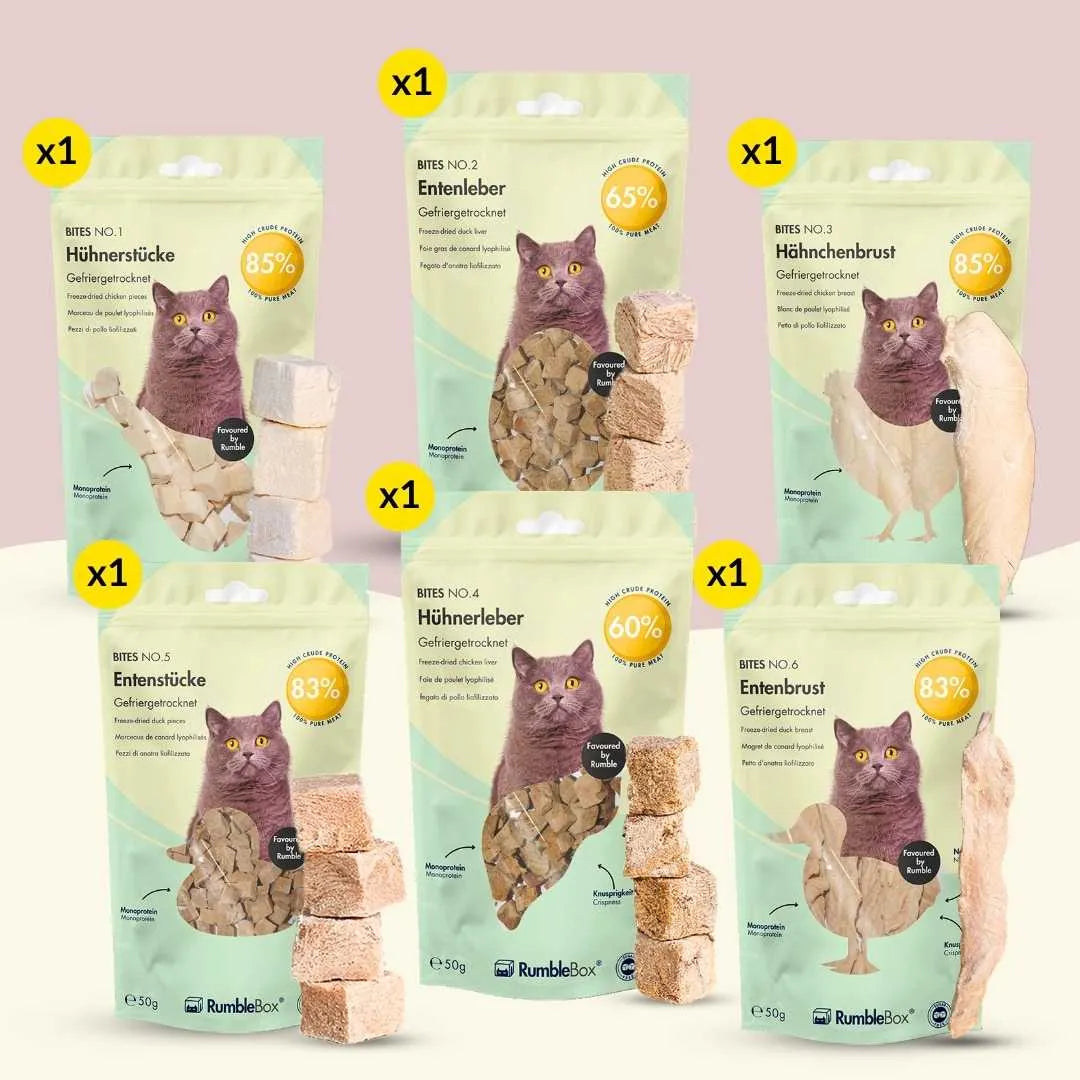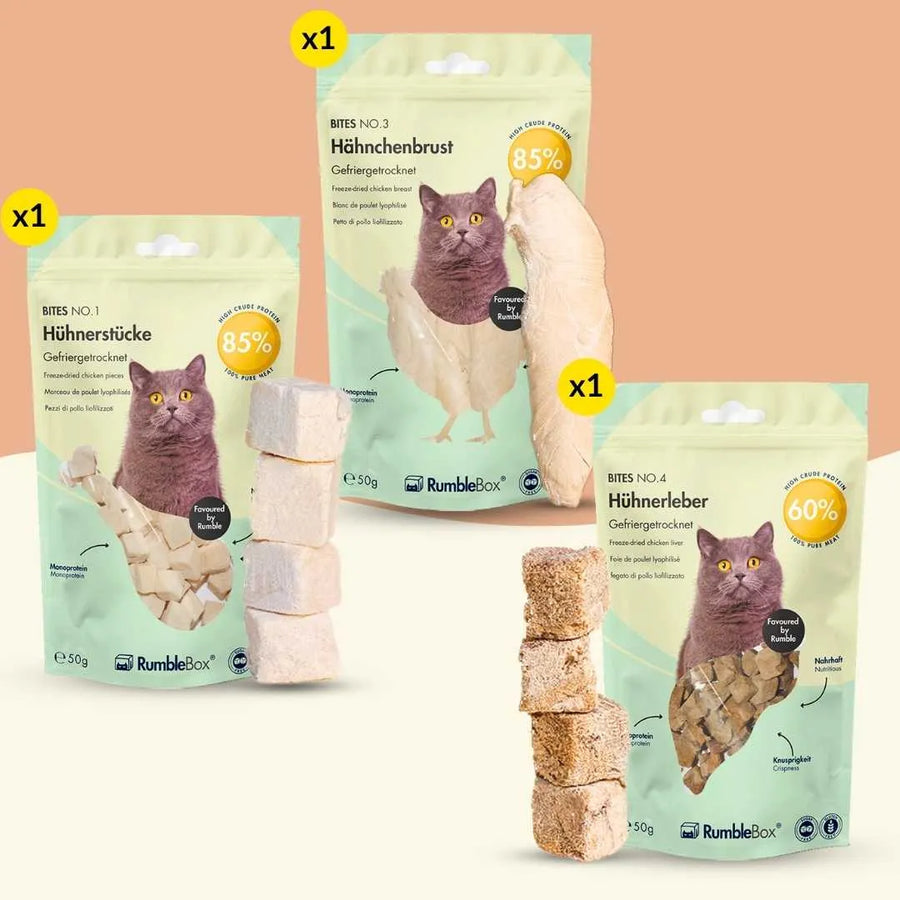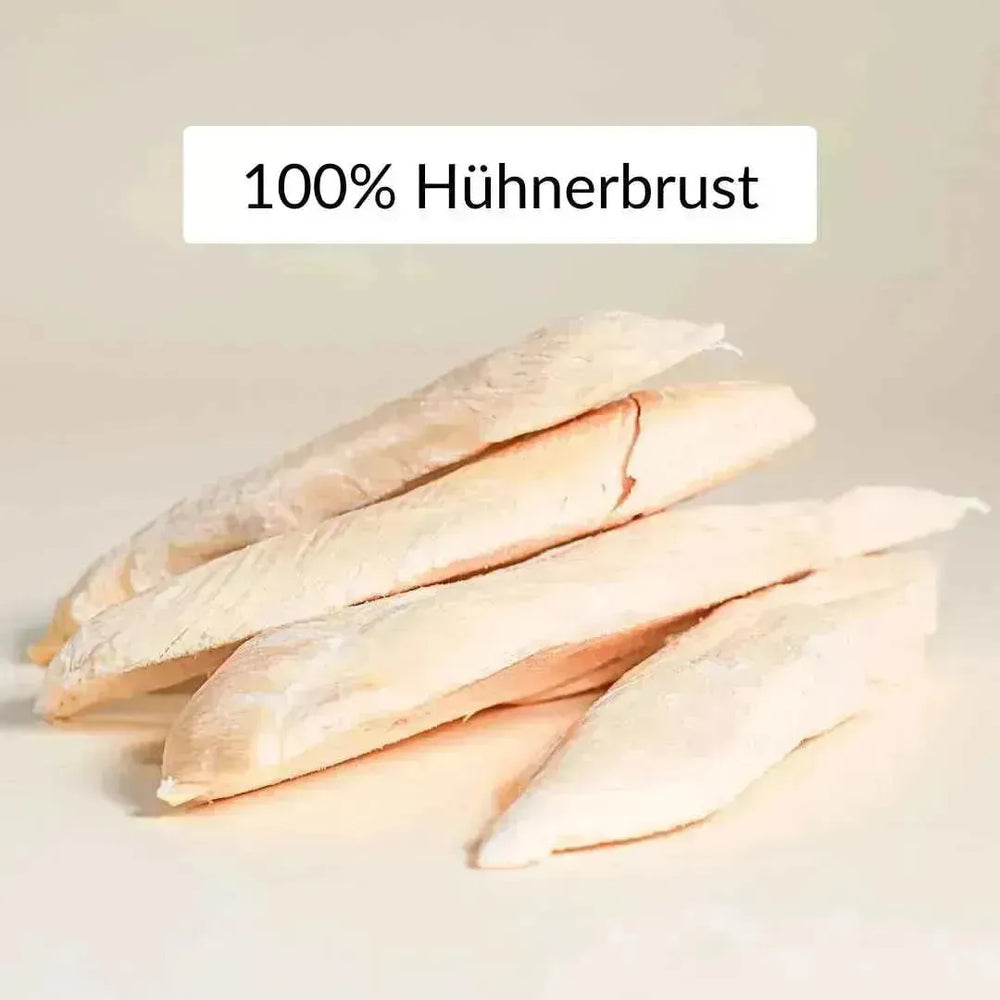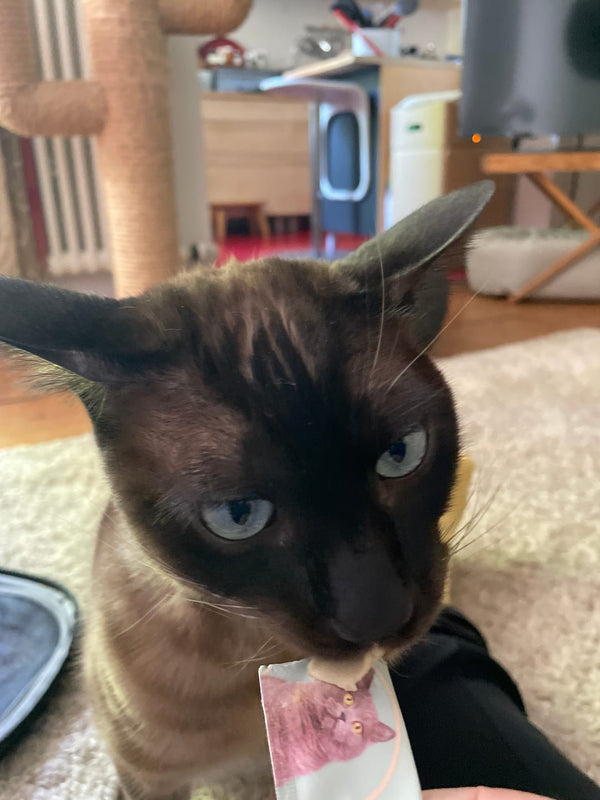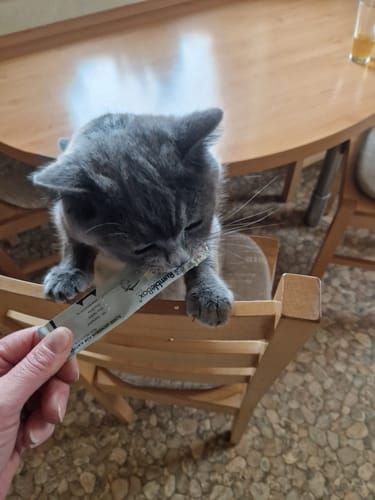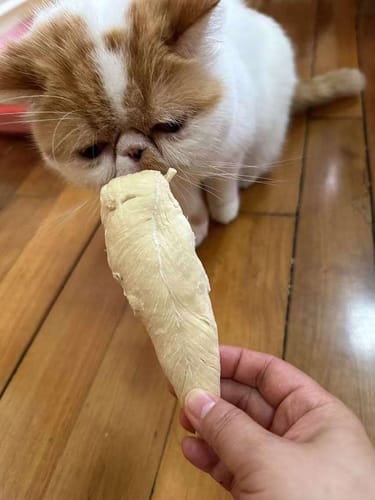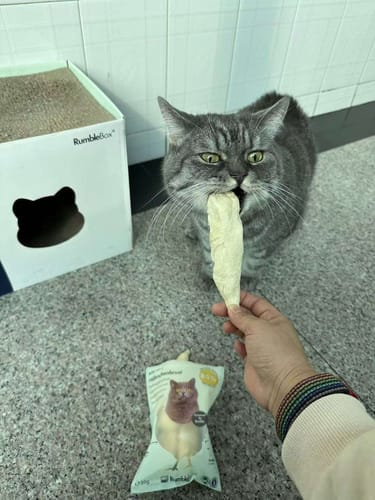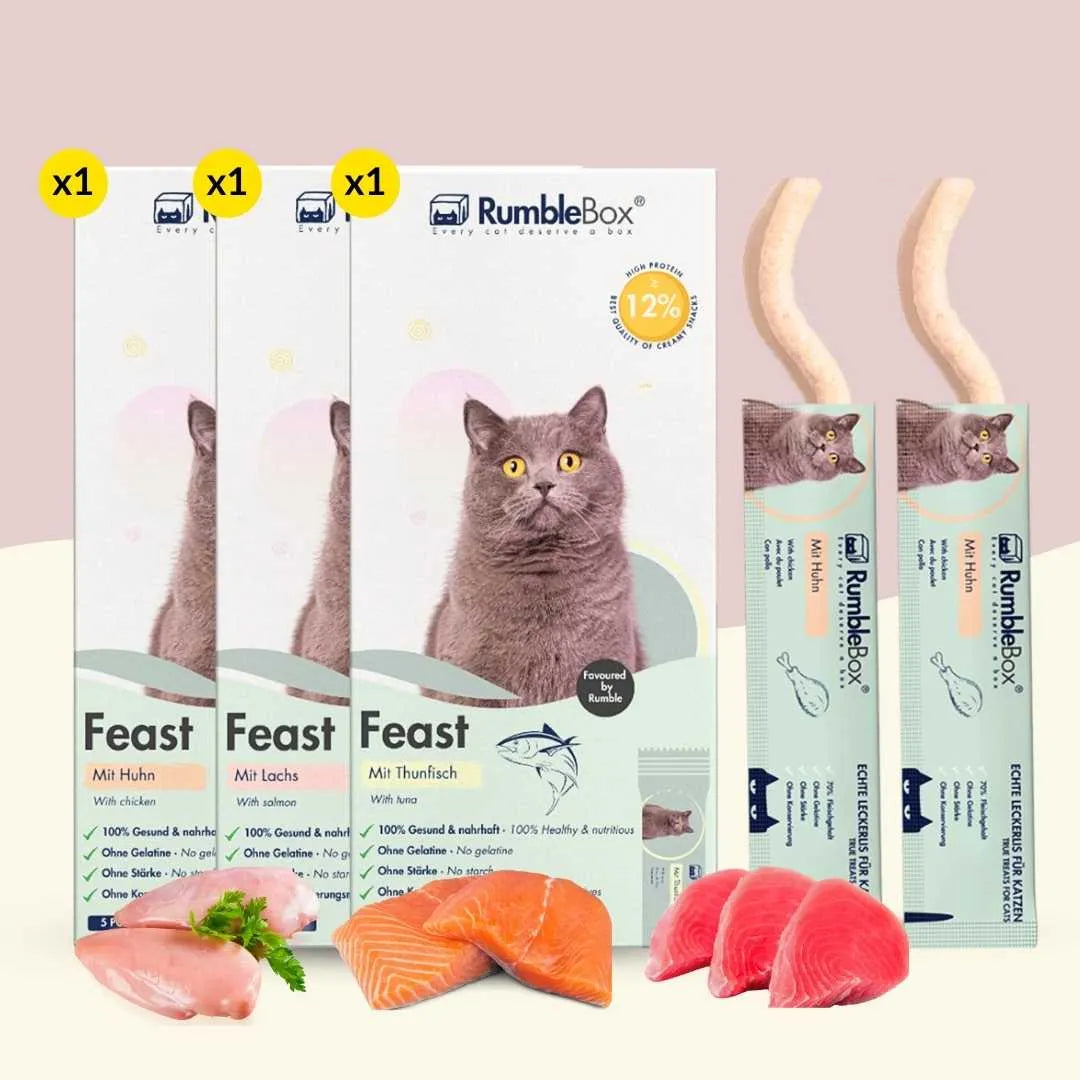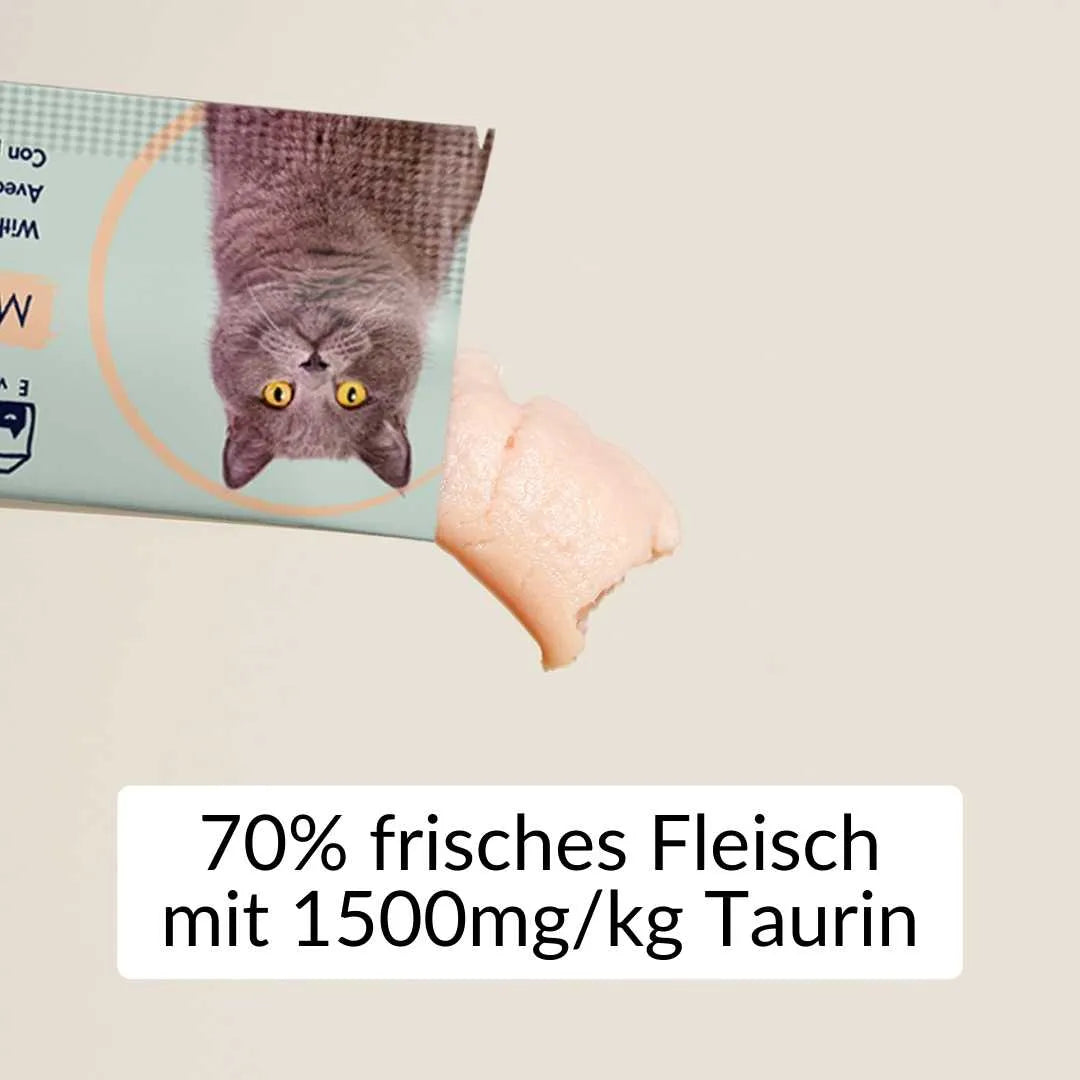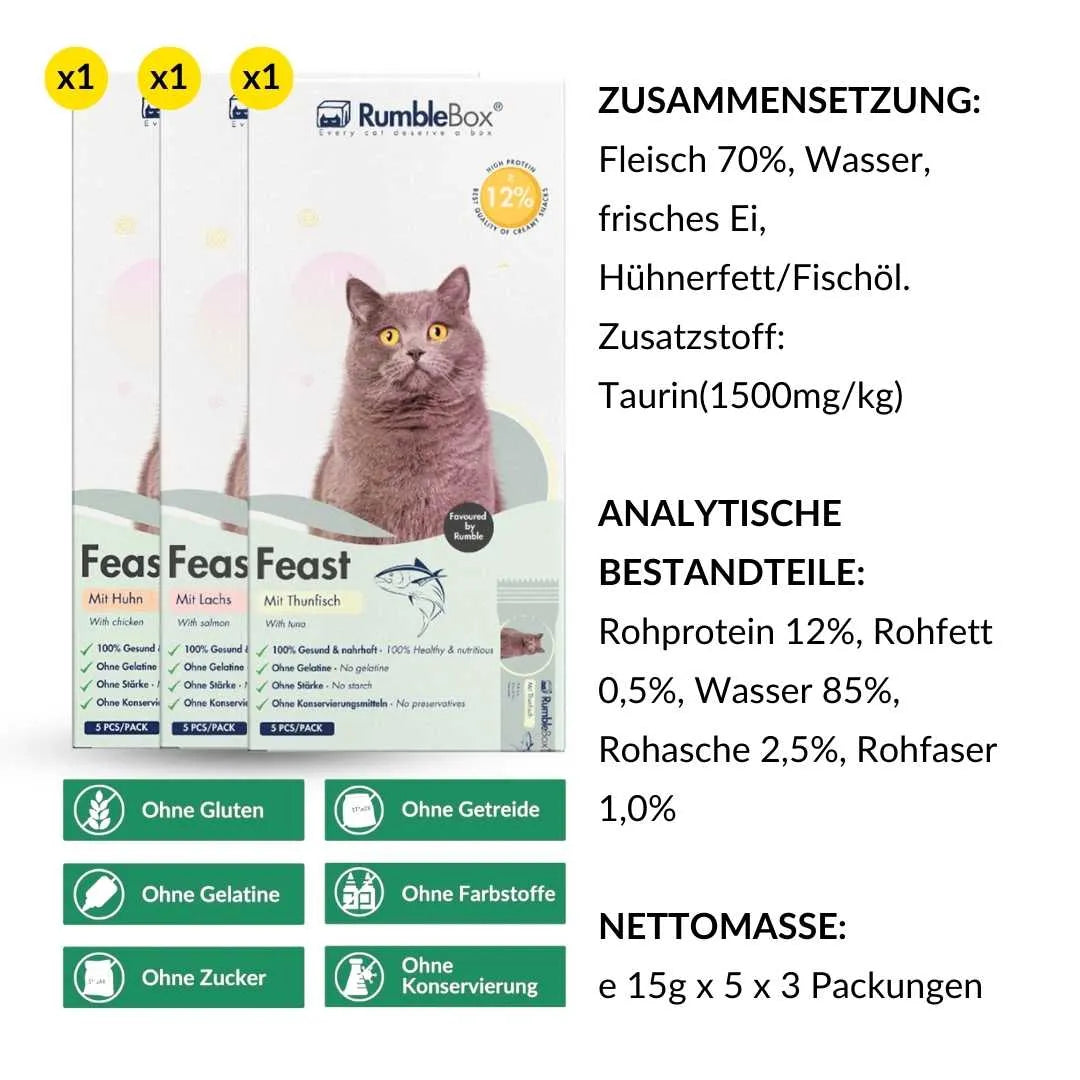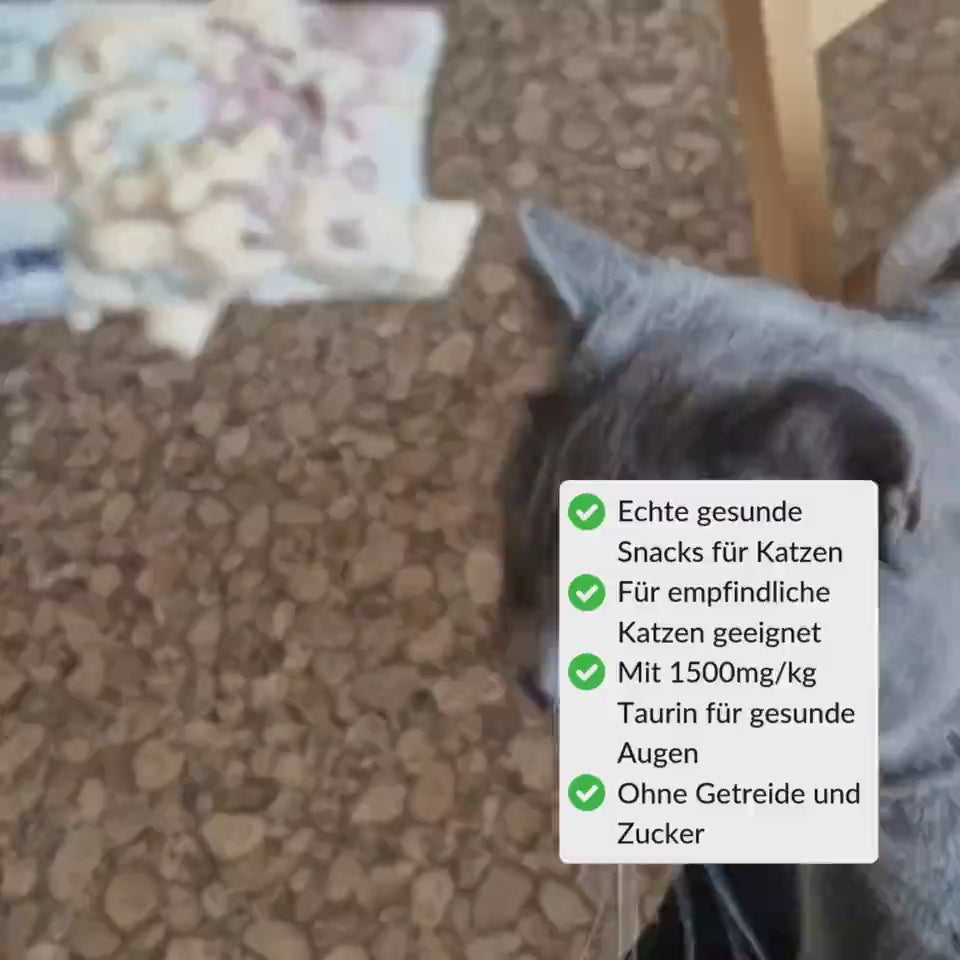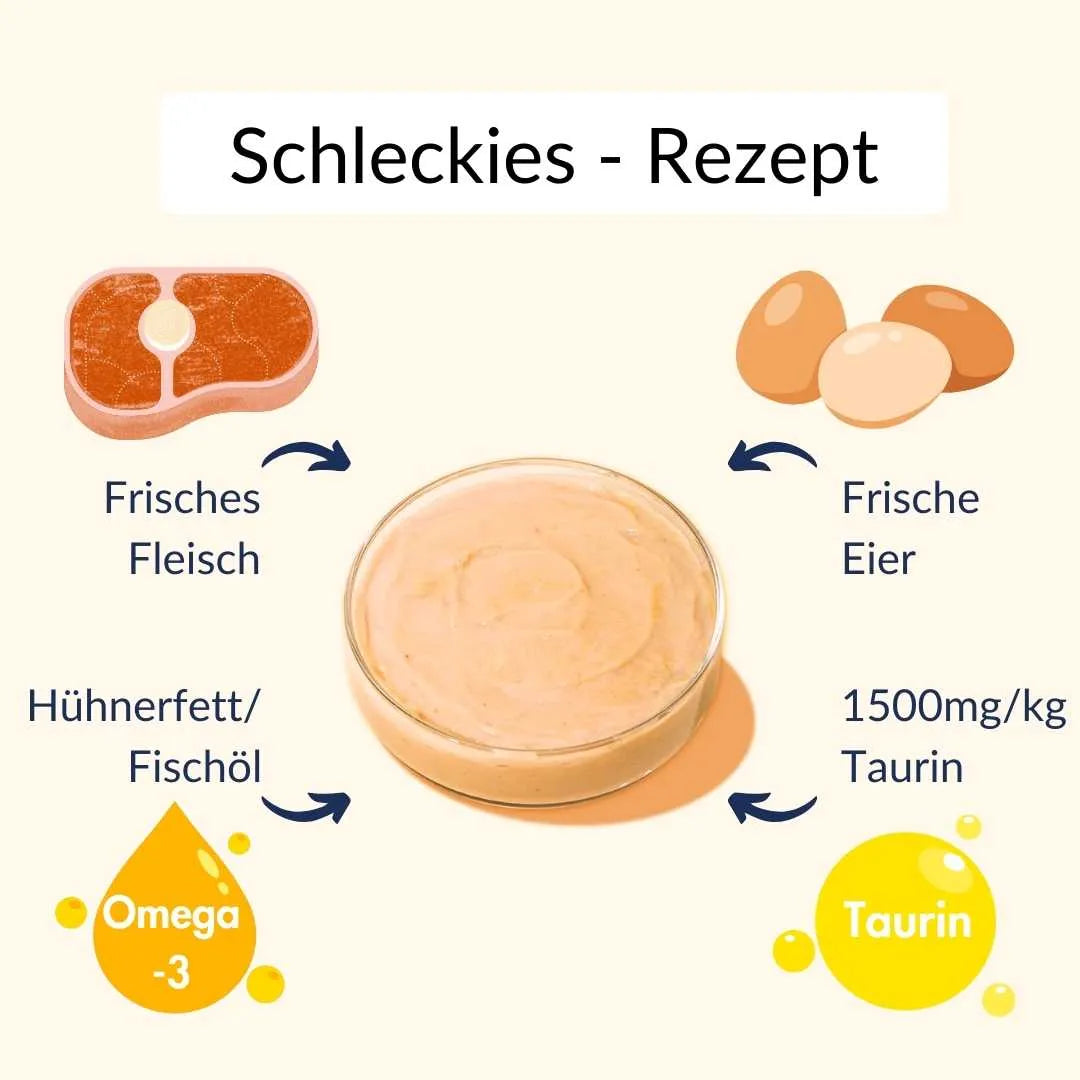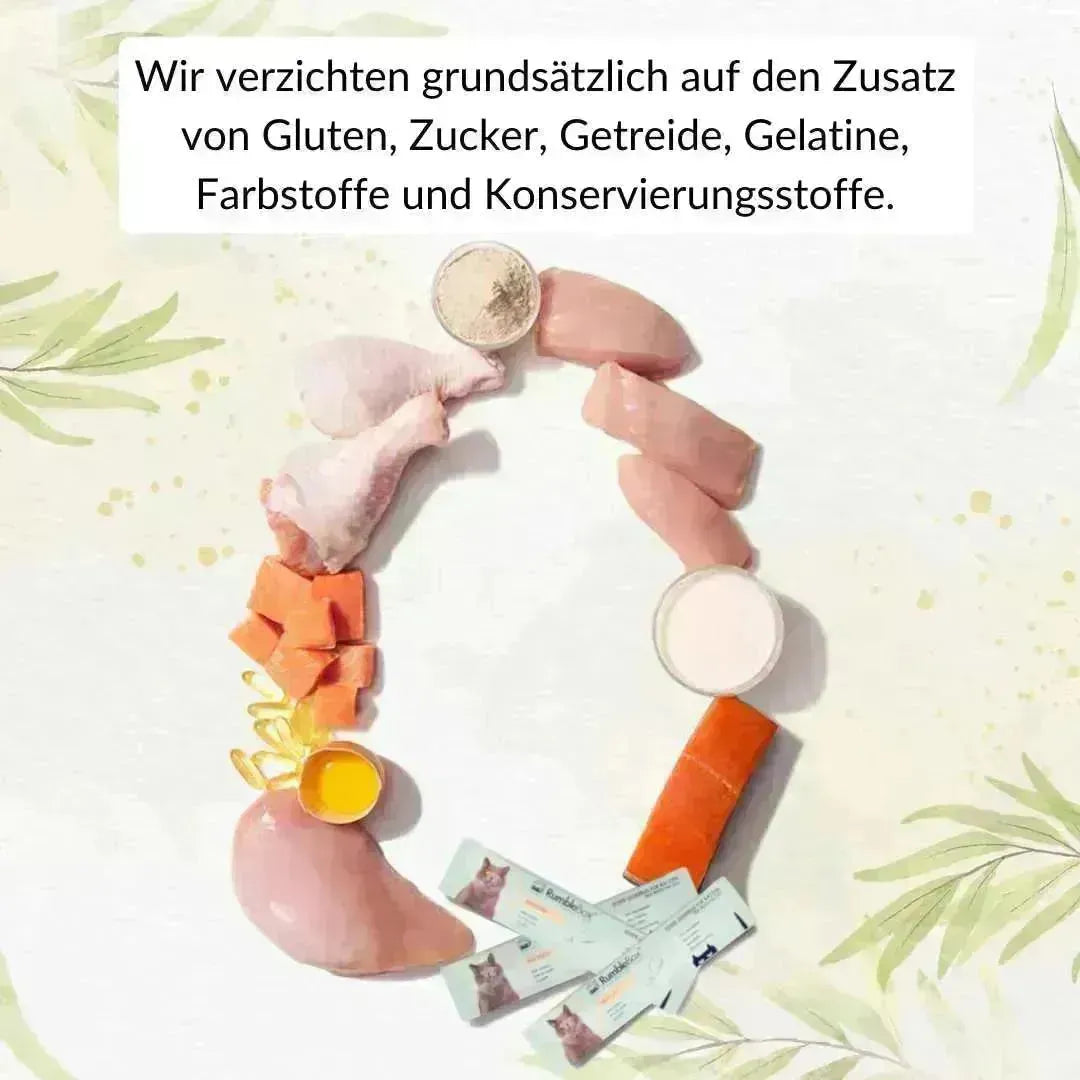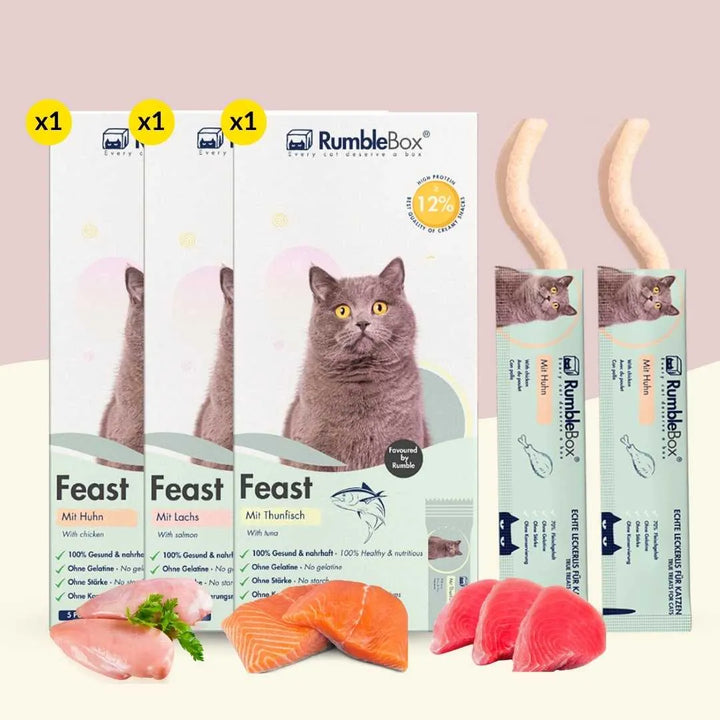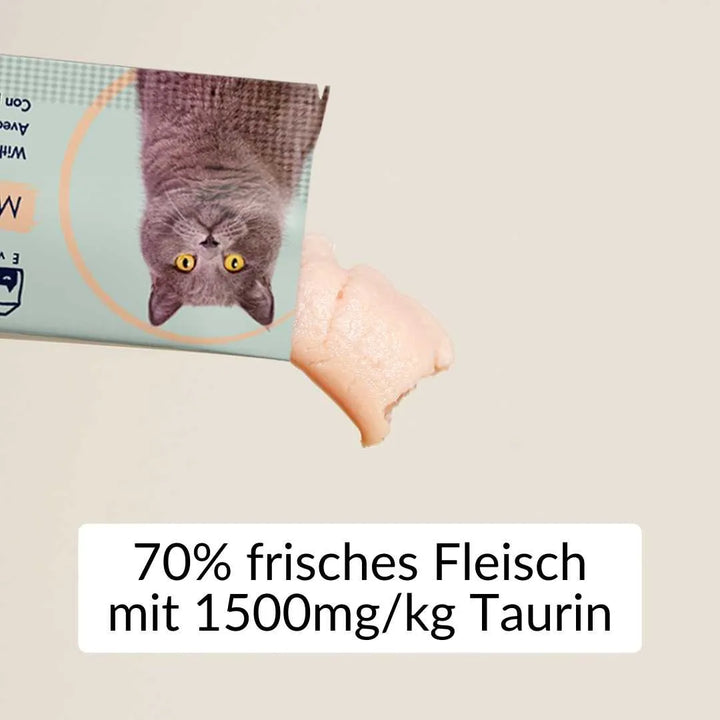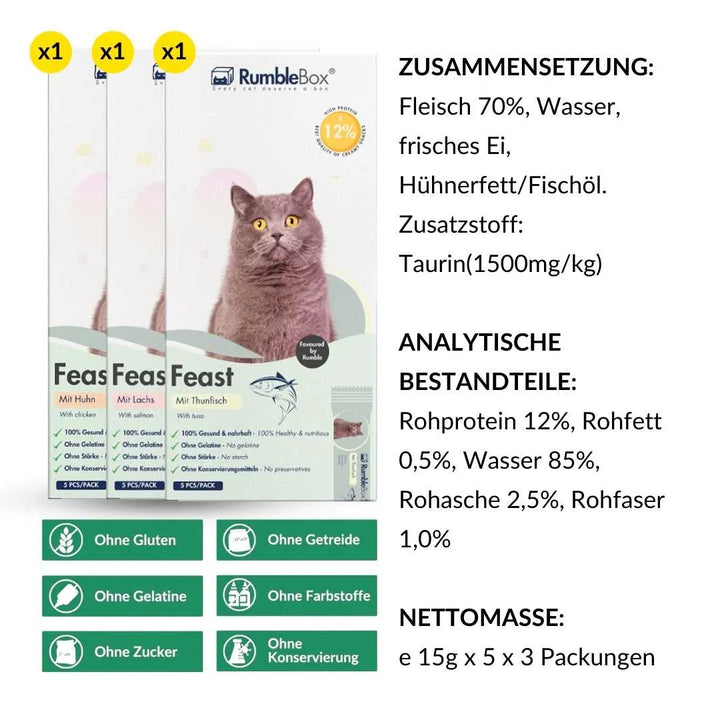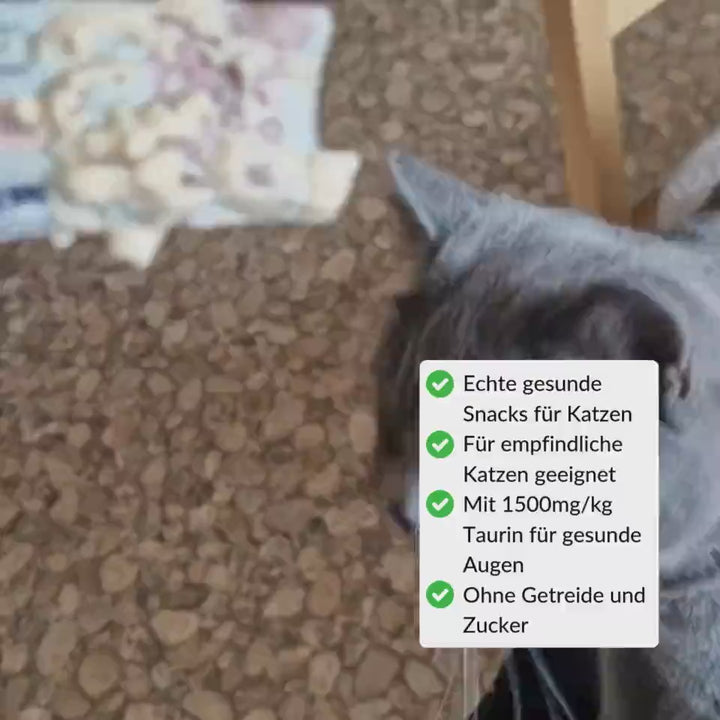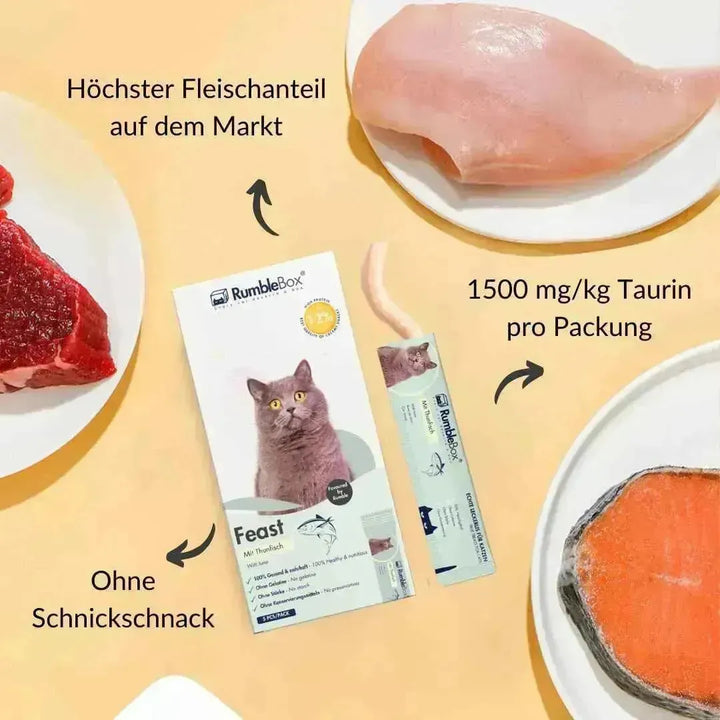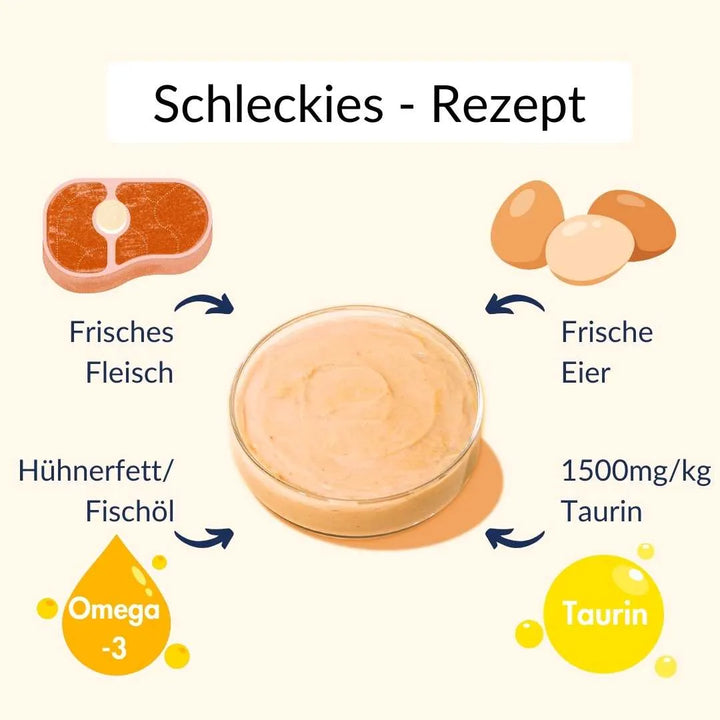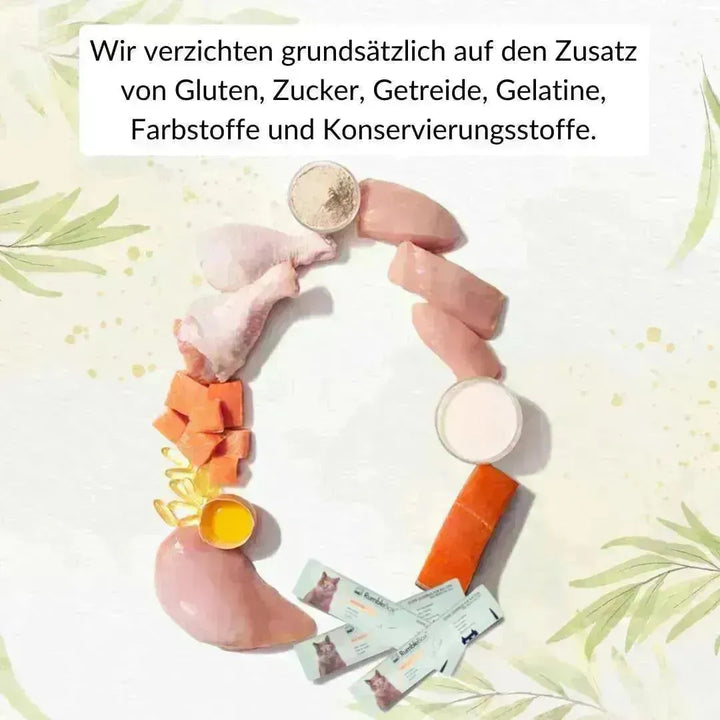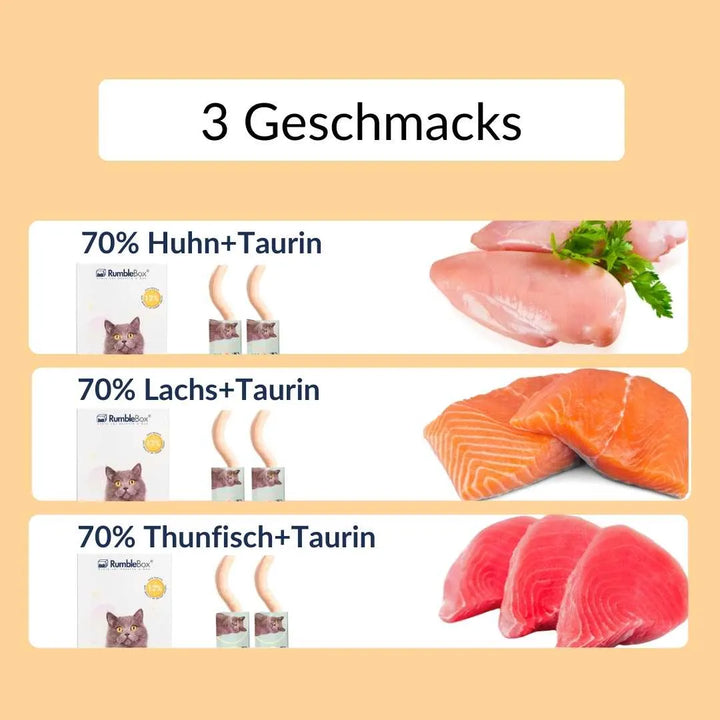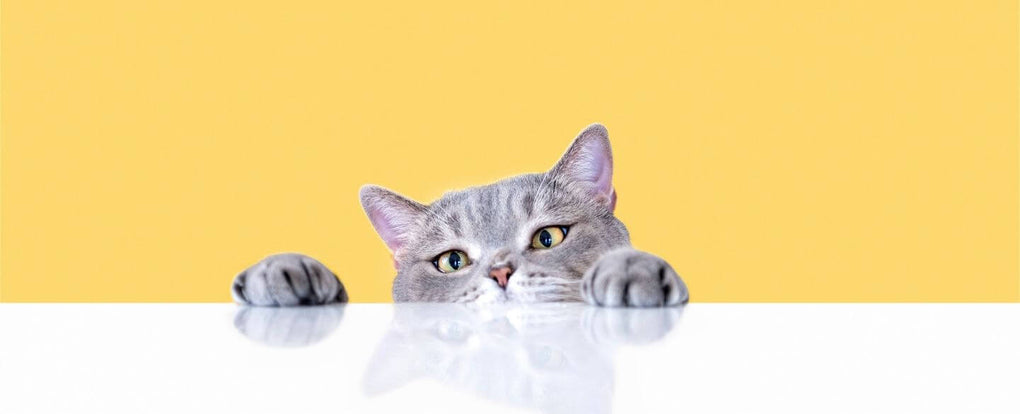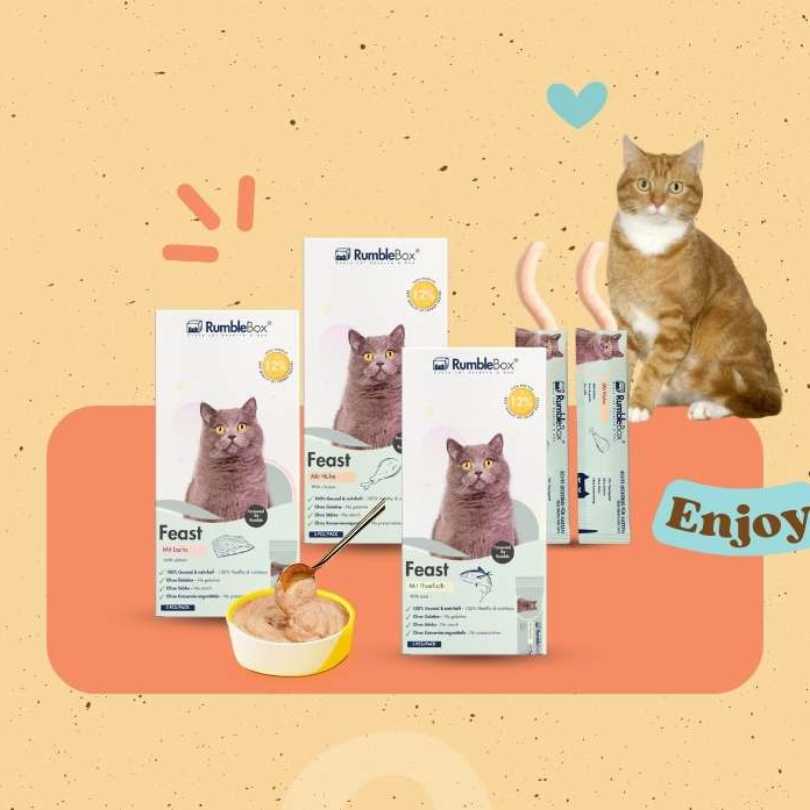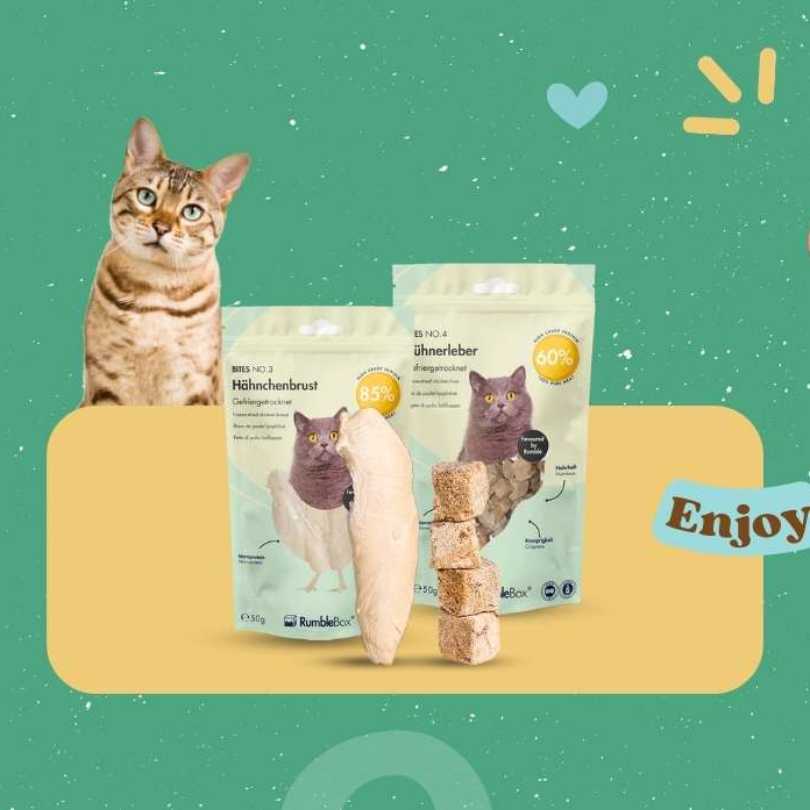Cat smells the food but doesn't eat: What's behind it?
If your cat smells the food but doesn't eat it, that's often a bad sign. Many cats eat less in hot weather. Currently, Germany is experiencing very high temperatures, often exceeding 36 degrees Celsius. But heat isn't the only reason. There are other causes as well, including illness, stress, or food intolerances.
This text explains the most important reasons why a cat might not be eating. You'll also get simple tips on what you can do.
Why isn't my cat eating? The most common reasons
1. Summer heat
Cats eat less in hot weather. Their bodies don't want to generate additional heat through digestion.
Typical signs:
- The cat sleeps a lot and moves little.
- She sniffs the food, but she doesn't eat it.
- Wet food is especially rejected.
- The cat sometimes drinks less too.
Tip: Feed in the morning or evening when it's cooler. Give small portions and remove any uneaten food after 20 minutes. Place several water bowls around the house.
2. Health problems
If a cat isn't eating, it could be sick, even if everything else seems normal.
Common causes and typical signs:
- Dental problems (for example FORL or gingivitis):
The cat only chews on one side or drops the food. - Gastrointestinal problems (such as nausea or constipation):
The cat often licks its lips or gags. - Infection or fever:
The cat seems very quiet, sleeps a lot, and withdraws. She appears weak.
Only a veterinarian with a thermometer can determine if she actually has a fever. - Chronic diseases (for example, kidney failure):
The cat is drinking more but eating less. She is losing weight.
Many cats show interest in food. They sniff it, but they don't eat it. If this lasts longer than 24 hours, you should go to the vet.
3. Problems with the food
Sometimes it's simply the food.
Possible reasons:
- The food is too cold, for example, straight from the refrigerator.
- You changed the food
- The food is spoiled, especially in the heat.
- The smell or consistency has changed.
4. Stress or changes
Cats dislike change. They often react with loss of appetite.
Common triggers:
- Moving, new furniture, or loud noises
- New people or animals in the household
- The daily routine has changed.
- A visit to the vet or a trip
Then the cat withdraws or eats very little. Sometimes she goes to the food bowl, but doesn't eat.
5. Age or hormones
Older cats often eat more slowly or less. Unneutered cats may experience changes in appetite during their heat cycle. Eating habits can also change after neutering; some cats eat more afterward.
Then it helps to give soft food with a strong smell. You can also switch to senior food.
What to do if the cat won't eat?
Step 1: Observe
- Is she eating nothing at all, or just less?
- Is she drinking enough?
- Does she have other symptoms such as vomiting or diarrhea?
- When did she last eat normally?
If she only sniffs but doesn't eat for more than 24 hours, you should call the vet.
Step 2: Making the food more palatable
- Warm the food to body temperature
- Offer small portions
- You can also use unsalted chicken broth. A simple You can find the recipe here: Make your own chicken broth for cats .
- Sprinkle some freeze-dried chicken or duck liver on the food. This makes a great natural appetite stimulant. RumbleBox is currently running a promotion: the second value box is 50% off.
Caution : Use only a small amount. Freeze-dried offal is nutritious, but not a complete meal.
Step 3: Improve water absorption
- Place several bowls around the apartment
- Use a drinking fountain
- Add some unsalted tuna water to the drinking water.
- Do not place the water bowl next to the litter box or the food bowl.
Cats prefer to drink in a clean place, not near food or the toilet.
When to go to the vet?
You should take your cat to the vet if:
- She hasn't eaten or drunk anything for more than 24 hours
- She is very quiet or hiding
- She shows pain when chewing
- She is vomiting or has diarrhea
- It decreases significantly
If your cat doesn't want to eat...
If your cat only sniffs at the food but doesn't eat it, you should observe her closely. Sometimes it's harmless, sometimes there's something more serious going on. Try different feeding methods. If nothing changes, go to the vet.
Thank you for reading this far – it really means a lot to us! We hope you found something useful and maybe your cat is already looking forward to a little something extra. See you soon and lots of purrs!
By the way
Many cat owners pay close attention to the ingredients in their cat's main food , but often forget about treats .
Snacks often contain sugar, grains and artificial additives that can be harmful to health in the long run.
Anyone who truly wants to feed their cat a completely healthy diet should also rely on natural ingredients here:
Hypoallergenic treats without additives – naturally from RumbleBox. Perfect as a reward, during training, or simply as a snack.
Over 2,500 cats have already switched to healthy snacks!
💚


